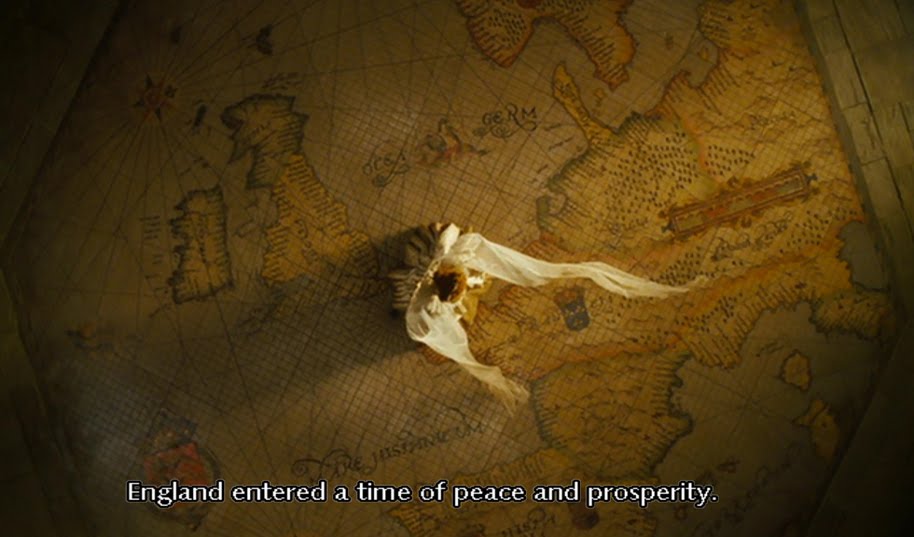Designer/Artist: probably G.I. Barnett
Publisher: Public Relations Department, London
Co-operative Society Ltd
Year of publish: c.1951 (Poplar Architectural Exhibition)
Place of publish: London
Inset(s): Nil
Features: Trading Area of the London Co-operative Society
Ltd. Showing Main Departmental Stores and Centres, Facts and Information of the Society, Tube map, Index
to places of interest
Material: Paper
Size: 63.8cm x 51cm
Condition: Overall good
Version/Correction: Nil
SBN (if any): Nil
Date of purchase: 10th May, 2012
Dating a map is not easy.
A keyword I used was 'London Cooperative/Co-operative Society' and the Wikipedia shows that the Society was found in 1920 and 'was amalgamated with Co-operative Retails Services in 1981'. The range seemed to be too wide and I can distinguish this map was published after the War by its style. The range 1945-1981 was, however, still wide. I kept 'smelling' the map inch by inch and finally found 'Poplar Architectural Exhibition'. However, nothing in Google search called 'Poplar Architectural Exhibition' but 'The Live Architecture Exhibition'. Never mind.
Interestingly, this map seems to be not purposely published for the Festival of Britain.
From 'Metropolitan Borough of Poplar' in Wikipedia: In 1951 Poplar was chosen as the site of the Festival of Britain's 'Exhibition of Live Architecture'. The East End of London had been heavily bombed during the war and its reconstruction was showcased at the new Lansbury Estate. New building materials and planning concepts were demonstrated. The first example of 'live architecture' on the exhibition trail was the Trinity Congregational Church and Hall, just across from the main reception area with their Town Planning and Building Research Pavilions on East India Dock Road. The trail continued with the Lansbury Estate and Chrisp Street Market.
The British History Online quickly points me to a useful source which is on a bookshelf only 2 meters away from me, Survey of London Vol. XLIII (43) Poplar, Blackwall and the Isle of Dogs (pp.217-223), published by the Athlone Press in 1994. From this source, the map can be dated between early 1951 to September 1951 since the Live Architecture Exhibition opened on 3rd May 1951 and closed on 28th September.
I also dug out a map published by the News Chronicle and an official guide book published by the H.M. Stationery Office which were issued in 1951. However, both only concentrated the main exhibition area at South Bank and only mentioned the Poplar area briefly. Useless.
One more evidence proved the map published in 1951 is the year of establishment of company, G.I. Barnett. On its official website: G.I. Barnett & Son have been producing large scale street maps and county atlases since 1951. On both 'Trading Area of the London Co-operative Society Ltd. Showing Main Departmental Stores and Centres, Facts and Information of the Society', 'Miles from London', and the map shows streets of Central London (back), 'Copyright G.I. Barnett' can be found at the left low corner.
The maps cannot be scanned at this stage. Stay 'blogged'.
cropped from the 'Map of London and Suburbs' published by News Chronicle in 1951.
'The South Bank Exhibition: A Guide to the Story it tells' published by H.M. Stationery Office in 1951.






No comments:
Post a Comment